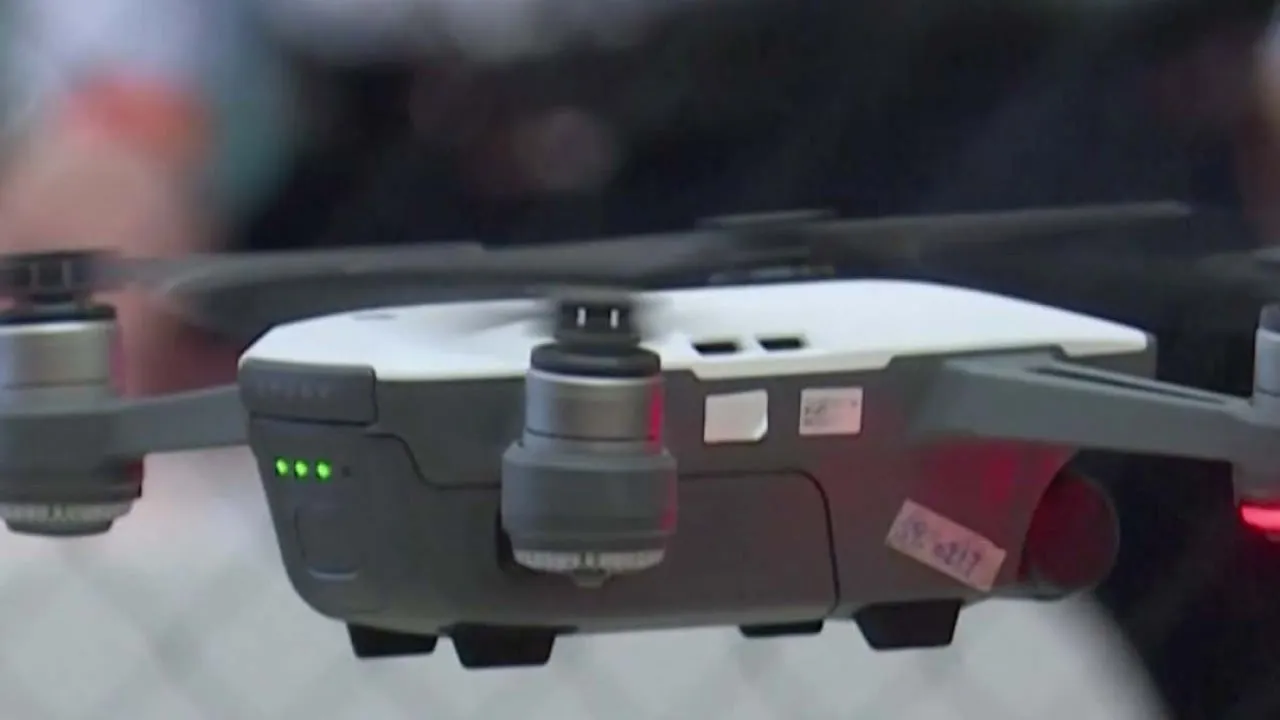Shenzhen at Risk: US House Proposes Drone Restrictions on DJI

DJI Faces Potential Ban from the US Market
The United States House of Representatives has pushed forward legislation that would prohibit new drones from Shenzhen-based DJI from operating in the country and accessing domestic communication infrastructure. The measure is part of a series of China-focused actions being considered by American lawmakers.
The bill, known as the Countering CCP Drones Act, seeks to place DJI on a national security blacklist under the auspices of the Federal Communications Commission. Notably, this bill does not affect existing DJI drones used within the nation. Subsequently, the legislation will require Senate approval before it is sent to US President Joe Biden for final signing.
Potential Consequences of the Proposed Bill
According to a representative from DJI, the proposed restrictions motivated by the company's origin could hinder American interests, jeopardizing the thriving industry that Congress seeks to protect. DJI's drones are integral to various federal agencies, law enforcement, and multiple sectors including agriculture and real estate.
The anticipated restriction compound the hurdles DJI faces in its largest market, especially after the US Commerce Department blacklisted the company in 2020 over national security issues. The Department of Defence followed suit in 2022, classifying DJI among companies linked to Beijing's military initiatives.
- DJI invested $1.6 million last year to gain lobbying support.
- The global drone market is expected to reach $54.6 billion by 2030.
- Up to 28 additional bills linked to China will be presented, addressing various sectors.
The ongoing legislative initiative, termed China Week, represents a broader strategy aimed at constraining Beijing's political and economic sway in the United States.
This article was prepared using information from open sources in accordance with the principles of Ethical Policy. The editorial team is not responsible for absolute accuracy, as it relies on data from the sources referenced.